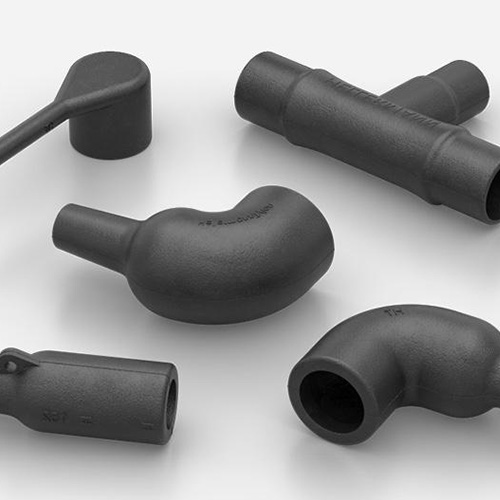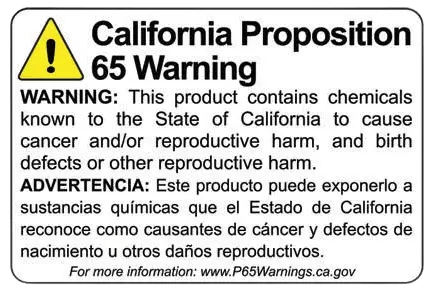 Heat shrink shapes are molded plastic pieces that, when exposed to heat, shrink down to a predetermined size and shape. These shapes are commonly used in various industries for purposes such as insulation, sealing, protection, and identification. They are typically made from materials like polyolefin or PVC and come in a variety of shapes and sizes, including tubes, sleeves, caps, and boots.
Heat shrink shapes are molded plastic pieces that, when exposed to heat, shrink down to a predetermined size and shape. These shapes are commonly used in various industries for purposes such as insulation, sealing, protection, and identification. They are typically made from materials like polyolefin or PVC and come in a variety of shapes and sizes, including tubes, sleeves, caps, and boots.
Here are some common applications of heat shrink shapes:
Wire and cable insulation: Heat shrink tubing is often used to insulate and protect electrical wires and cables. When heated, the tubing shrinks tightly around the wires, providing insulation and preventing moisture and other contaminants from entering.
Cable bundling and organization: Heat shrink tubing can also be used to bundle multiple wires together neatly and securely. This helps with cable management and organization, especially in applications where multiple wires need to be routed together.
Connector sealing: Heat shrink shapes like caps and boots are used to seal and protect connectors from moisture, dust, and other environmental hazards. They provide a waterproof barrier, prolonging the life of the connector and preventing corrosion.
Component protection: Heat shrink shapes can be used to protect components such as solder joints, terminals, and electronic components from damage and environmental factors. They provide a durable, protective layer that helps extend the lifespan of the components.
Identification and labeling: Heat shrink tubing can be printed with text, numbers, or symbols, making it useful for labeling wires, cables, and components. This helps with identification and troubleshooting, especially in complex electrical systems.
Overall, heat shrink shapes offer a versatile and reliable solution for a wide range of applications where protection, insulation, and organization are required.


